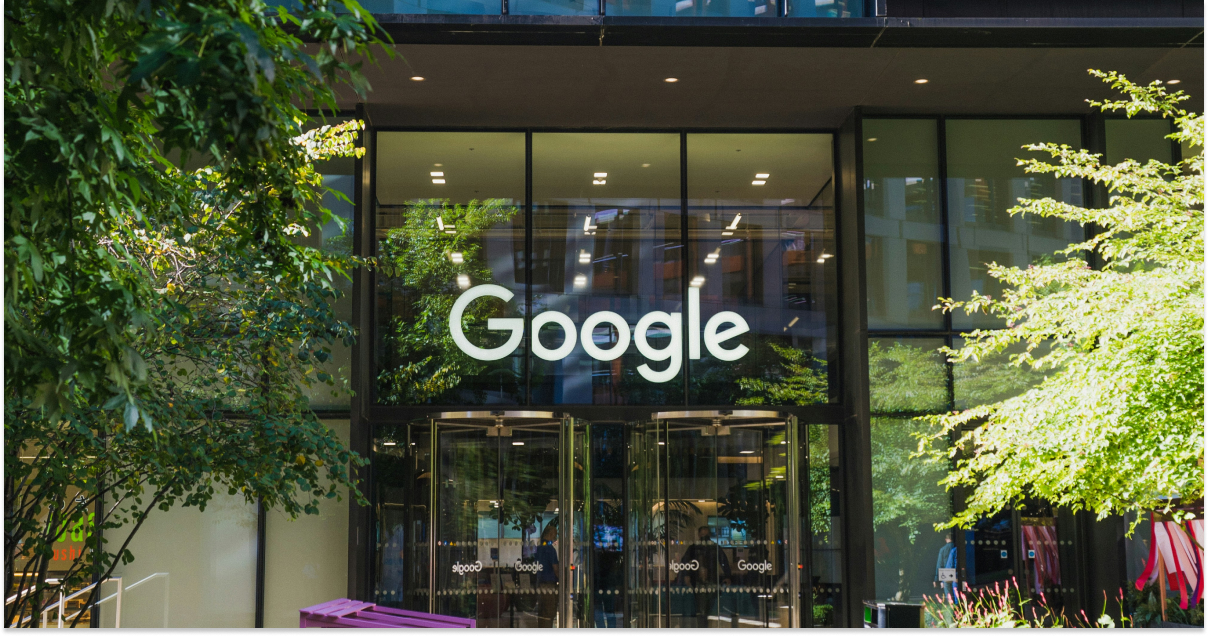Retaining top employees is a crucial challenge, especially in the dynamic and culturally diverse region of Southeast Asia (SEA). For startups with hybrid or remote workforces, understanding and leveraging the cultural diversity of SEA can significantly enhance employee retention.
To help our audience explore the best practices for employee retention in SEA, Esevel’s latest webinar “Tapping into the Talent Pool in Southeast Asia” was enriched with insights from seasoned leaders & experts in the region:
Rewatch the webinar here 👇
✨ More from this webinar: Top Hiring and Onboarding Strategies from Southeast Asia Experts
Drawing insights from our industry experts, this article explores how cultural diversity shapes employee expectations and impacts management practices, along with effective strategies for keeping your best employees engaged.
Meeting employee expectations through cultural understanding
Southeast Asia comprises 11 countries, including Indonesia, the Philippines, Vietnam, Thailand, and Singapore. Each country has its own unique cultural heritage, traditions, and languages. This diversity is a strength, but it also means that a one-size-fits-all approach to management and retention won’t work.
Understanding these cultural nuances is essential for setting realistic and fair expectations. As Alec Smith – Head of People from Veremark emphasized, “It’s crucial to understand different cultural norms while also remembering that we’re all human and share many similarities.”
Here are 3 ways the region’s cultural diversity shapes employee expectations:
Communication styles:
In Southeast Asia, communication styles can vary significantly from one country to another. Some cultures prefer direct communication, where feedback and instructions are given clearly and explicitly.
For example, in Singapore, straightforward communication is often appreciated and expected in professional settings. Conversely, indirect communication is more common in countries like Thailand and Indonesia, and reading between the lines is a necessary skill.
Additionally, the role of hierarchy plays a significant part in communication. In many Southeast Asian cultures, respect for authority and seniority is deeply ingrained, which means employees might be less likely to openly express disagreement or provide direct feedback to their superiors.
Work-life balance:
The norms regarding work hours, leave policies, and family obligations vary widely across Southeast Asia. In some countries, there is a strong emphasis on work-life balance and family time.
For instance, family commitments are highly valued in Malaysia and the Philippines, and employees may expect flexible working hours to accommodate family needs. On the other hand, in countries like Singapore and Vietnam, longer working hours might be more common, reflecting a culture of hard work and dedication.
Managers need to be sensitive to these differences and offer flexibility where possible. Providing flexible working hours, overtime payment, remote work, and generous leave policies can help meet employees’ expectations and improve their overall satisfaction.
Professional values
Attitudes toward teamwork, individualism, and leadership can greatly influence how employees interact and perform in the workplace. In some Southeast Asian cultures, teamwork and collectivism are highly valued.
In Indonesia and Thailand, employees prioritize group harmony and collaboration over individual achievements. Managers in these cultures should focus more on fostering a collaborative environment and recognizing team efforts. Conversely, such as in Singapore, there might be a stronger emphasis on individual performance and personal accountability.
Leadership styles also vary. Some cultures prefer a more hierarchical approach, where leaders are expected to provide clear direction and maintain authority, while others might favor a more egalitarian style, encouraging participation and feedback from all levels of the organization.
10 strategies to retain talents successfully in SEA

Strategies to match the communication styles
Establish clear and fair expectations:
- Universal principles with cultural sensitivity: Recognize cultural differences while applying universal management principles to ensure fairness and consistency.
Alec from Veremark highlighted, “Focus on universal principles and values to create a healthy workplace wherever your leaders and employees are situated.”
- Clear communication tailored to cultural norms: Ensure expectations are communicated clearly and adapted to the local cultural context. For instance, in some cultures, direct communication may be appreciated, while in others, a more nuanced approach is required.
Leverage technology for better cultural understanding:
- Use collaboration tools: Utilize collaboration tools like Slack, Zoom, and Microsoft Teams to facilitate communication and teamwork, considering cultural preferences for communication styles.
- Implement project management software: Tools like Asana, Trello, and Monday.com can help manage tasks efficiently while respecting different cultural approaches to work and deadlines.
Regular feedback and performance reviews:
- Frequent check-ins: Conduct regular one-on-one meetings to discuss progress, address concerns, and provide feedback. This helps in maintaining a continuous dialogue and ensures that employees feel supported.
- Structured performance reviews: Implement structured performance reviews that are transparent and fair. Use objective criteria to assess performance and provide constructive feedback.

Strategies for a better work-life balance
Adapt policies to local cultural contexts:
- Flexible work arrangements: Offer flexible work arrangements that respect local customs and family obligations. For example, in countries with strong family values, allowing flexible hours can significantly impact employee satisfaction. Recognizing valid reasons to call out of work, such as illness, personal emergencies, or family obligations, further reinforces a supportive work culture.
- Tailored benefits: Provide benefits that cater to the specific cultural and regional needs of employees in different countries, such as local life insurance plans, health insurance, wellness programs, and professional development opportunities.
Promote a positive work culture:
- Engagement and recognition: Regularly engage with employees and recognize their contributions in ways that are culturally meaningful.
- Culturally inclusive team building: Organize remote team-building activities that consider cultural nuances, promoting unity and collaboration.
Yuying pointed out, “Team-building activities that consider cultural nuances help in promoting unity and collaboration among team members.”
Creating a positive work environment:
- Work-life balance: Promote a healthy work-life balance by offering flexible working hours and respecting personal time. This is crucial for employee well-being and productivity.
- Inclusive culture: Foster an inclusive culture where all employees feel valued and respected, regardless of their cultural background.
Strategies for addressing different professional values
Foster inclusive management practices:
- Cultural sensitivity training: Equip managers and employees with the knowledge to understand and respect cultural differences, fostering an inclusive work environment.
Yuying from Esevel emphasized, “We hire people across six to seven different countries, and understanding cultural nuances helps in creating a cohesive work environment.”
- Adaptable leadership styles: Managers should adjust their leadership style to fit the cultural context of their team members. For example, a more authoritative approach may be needed in hierarchical cultures, whereas in egalitarian cultures, a collaborative approach may be preferred.
Yuying added, “Adapting leadership styles to fit cultural contexts is essential for maintaining a motivated and productive team.”
Professional development and career progression:
- Career pathways: Clearly define career pathways and provide opportunities for growth. Employees need to see a future with the company.
- Learning opportunities: Offer training and development programs to help employees upgrade their skills and advance their careers. Encourage them to join professional groups such as a link building Slack community to exchange insights, learn from peers, and stay updated with the latest industry trends.
Competitive compensation and benefits:
- Market-competitive salaries: Ensure that salaries are competitive with market rates. This is particularly important in a region where cost of living and salary expectations can vary significantly.
- Benefits and perks: Provide benefits catering to employees’ needs in different countries. This could include health insurance, wellness programs, and flexible working arrangements.
Addressing employee dissatisfaction:
- Identify root causes: Understand the underlying reasons for dissatisfaction.
- Tailored solutions: Provide tailored solutions to address specific concerns. This could involve adjustments in workload, responsibilities, or work environment.
Implementing retention strategies in SEA
Implementing these strategies requires a commitment to continuous improvement and adaptation.
By setting clear and fair expectations, fostering an inclusive work culture, and addressing employee needs, startups can enhance employee satisfaction, reduce turnover, and ultimately drive business success in Southeast Asia.






